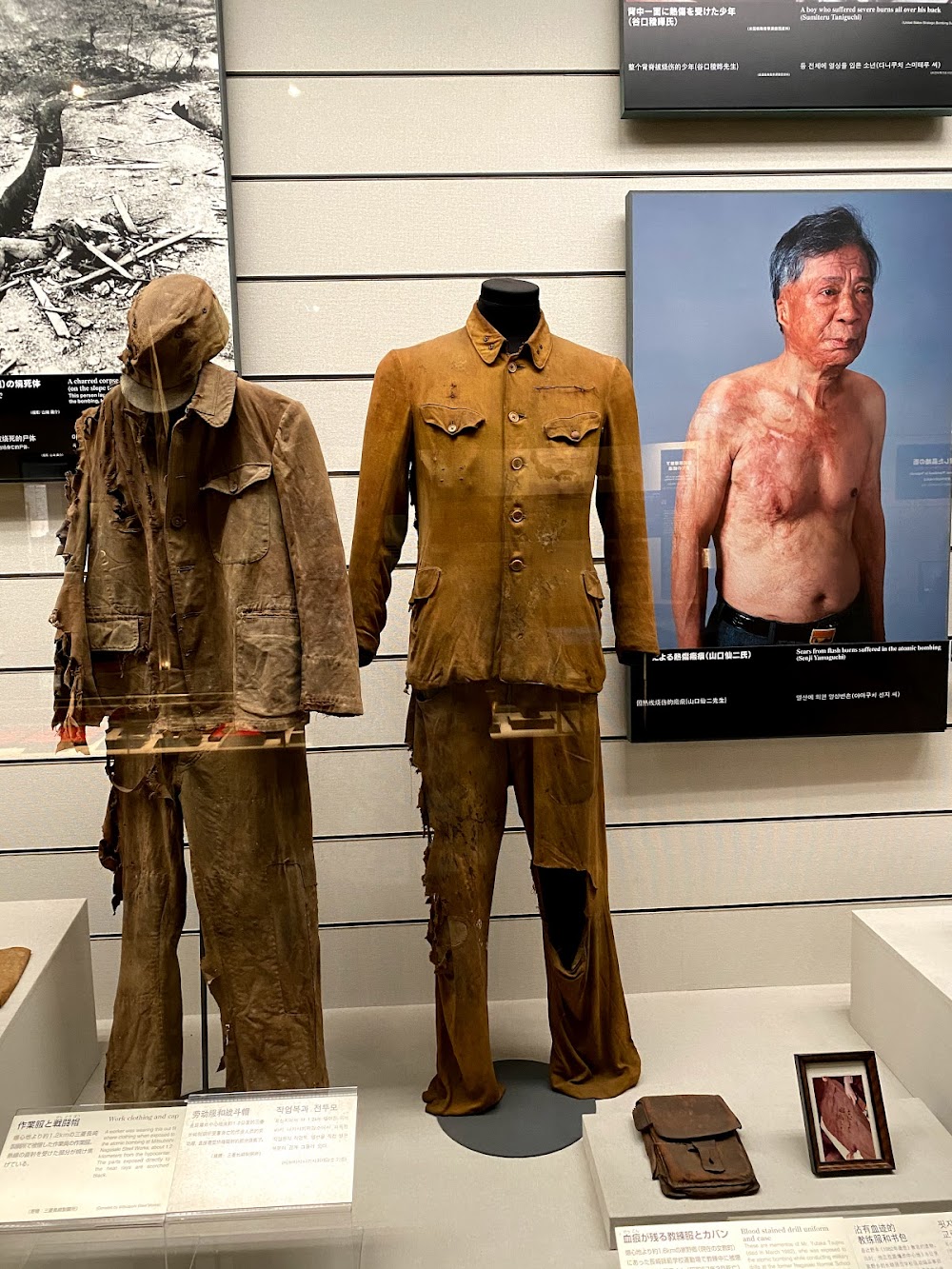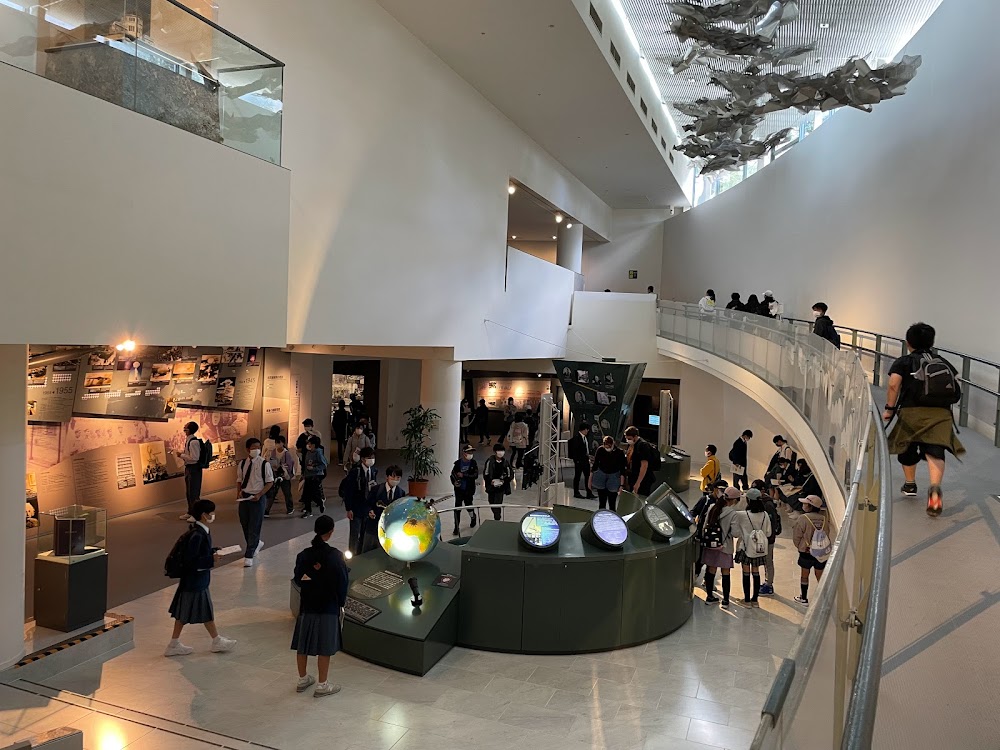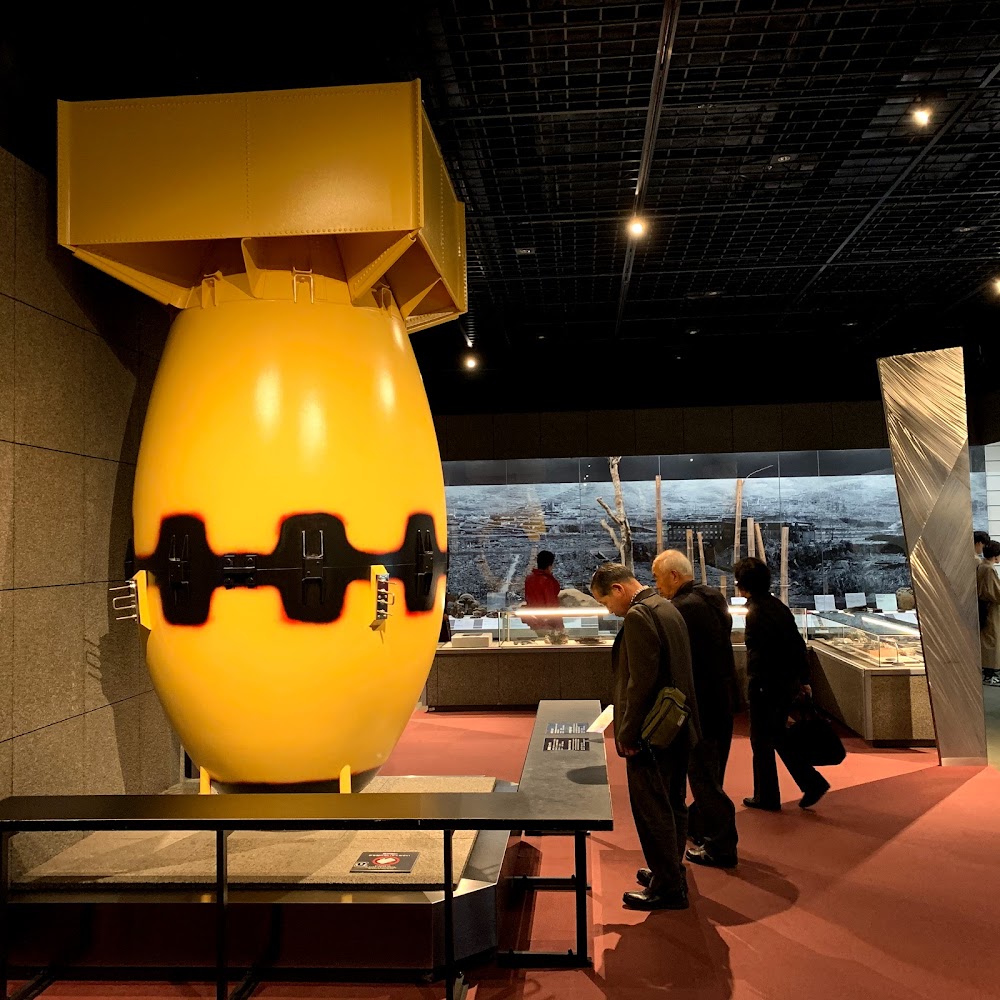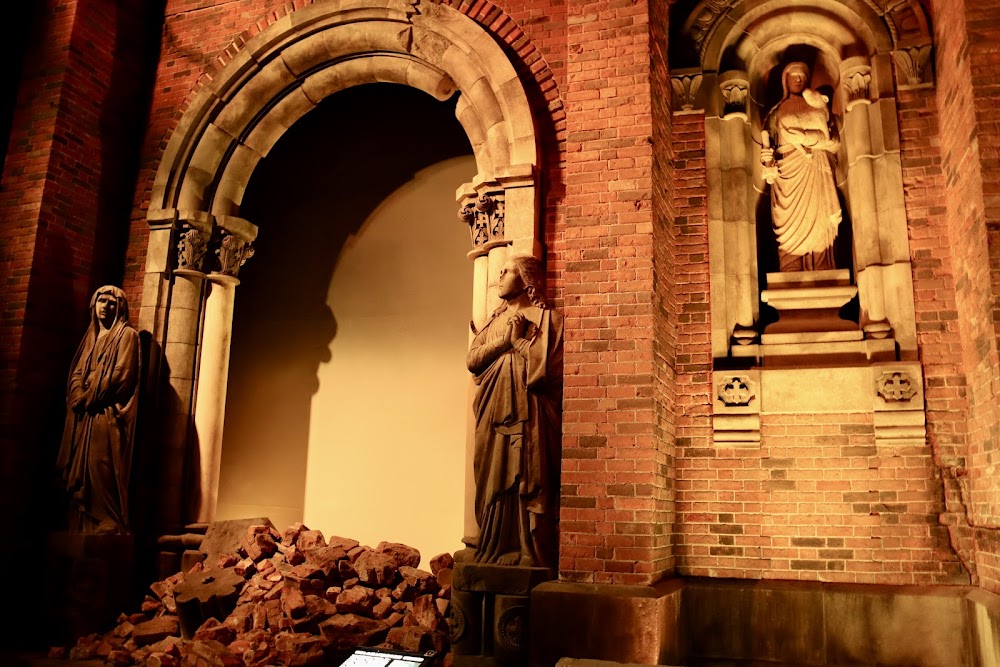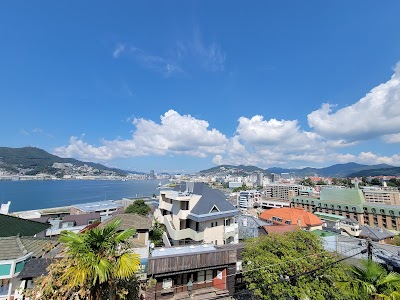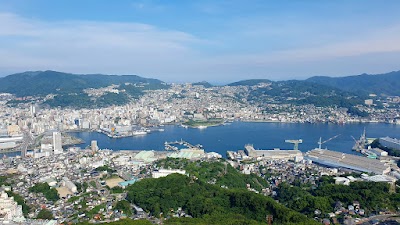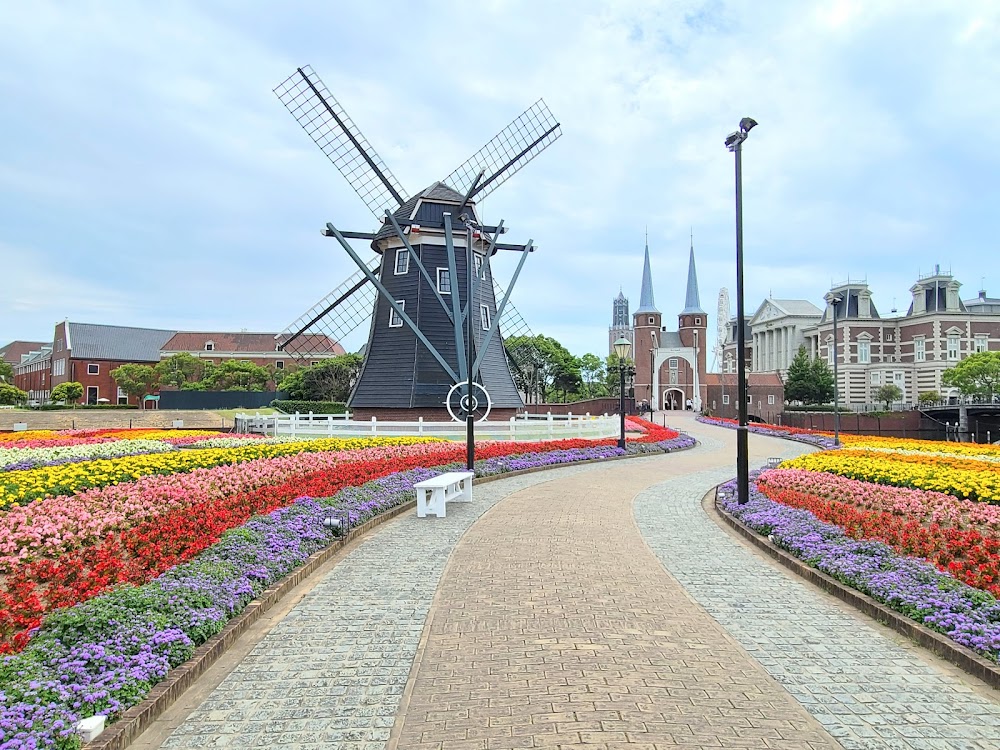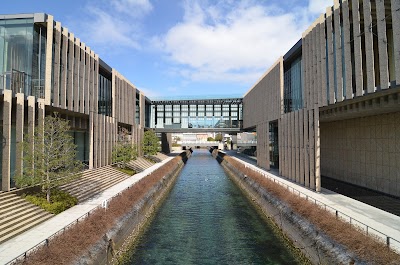Atomic Bomb Museum (長崎原爆資料館)
Overview
The Nagasaki Atomic Bomb Museum is located in Nagasaki City, within Nagasaki Prefecture, Japan. Established to honor the memory of the tragic events of August 9, 1945, when an atomic bomb was dropped on the city by the United States during World War II, this museum serves as a poignant reminder of the devastating impact of nuclear warfare. The immediate explosion resulted in widespread destruction and immense loss of life, making the museum a vital space for reflection on the past and a call for a peaceful future.
The museum's construction was a deliberate effort to document the harrowing effects of the atomic bomb on both the city and its residents. Situated near the hypocenter of the explosion in the Urakami district, its location allows visitors to truly grasp the scale of devastation that unfolded right where they stand. Opened on April 1, 1996, the museum complements the nearby Peace Park and other commemorative sites, reinforcing its mission of advocacy for peace.
Architecturally, the museum blends modern and somber elements, evoking the gravity of the events it commemorates. The structure features clean lines and thoughtfully designed use of natural light and shadows, creating a reflective atmosphere. The understated entrance invites visitors to immerse themselves in the powerful exhibits that lie within.
Upon entering, visitors encounter a diverse array of exhibits, including photographs, artifacts, and personal accounts from survivors, known as hibakusha. These testimonials are central to the museum’s collection, offering an intimate glimpse into the lives impacted by the bombing. Artifacts such as charred clothing, melted objects, and drawings by children who witnessed the event provide poignant connections to the past.
The museum is organized into several sections, each focusing on different facets of the bombing, its aftermath, and the broader implications of nuclear warfare. One section delves into the scientific and technical aspects of the bomb, while another chronicles the city’s immediate devastation. Additionally, long-term effects of radiation exposure and the medical challenges faced by survivors are prominently featured.
Among the museum’s most striking exhibits is a panoramic, life-sized diorama depicting the city in ruins immediately after the bombing. This immersive display, complete with sound effects and lighting, draws visitors into the stark reality of the destruction. Nearby, haunting photographs taken shortly after the event contrast sharply with the vibrant, rebuilt Nagasaki of today.
Beyond historical narratives, the museum plays an important educational role. It features interactive displays and multimedia presentations aimed at helping visitors, particularly younger generations, understand the complex history and consequences of nuclear warfare. Educational programs and guided tours are available to foster awareness and advocacy for peace and nuclear disarmament.
In alignment with its mission of promoting peace, the Nagasaki Atomic Bomb Museum actively engages in international efforts to advocate for nuclear disarmament. The museum hosts various conferences, symposiums, and peace gatherings, attracting participants from around the globe. Collaborating with other peace-related institutions, it strives for a world free of nuclear weapons.
The museum also commemorates those who lost their lives with an annual peace ceremony held every August 9. This solemn event features moments of silence, speeches, and the release of doves, symbolizing hope and peace. It draws visitors and dignitaries from around the world, serving as a powerful time of remembrance and a rallying call for global peace.
The creation of the Nagasaki Atomic Bomb Museum stemmed from a profound desire to prevent the repetition of such a catastrophe. It stands as a testament to the resilience of the human spirit and an enduring hope for a peaceful future. Today, the museum is not only a site of historical significance but also a beacon of advocacy for peace and a world free of nuclear weapons.


